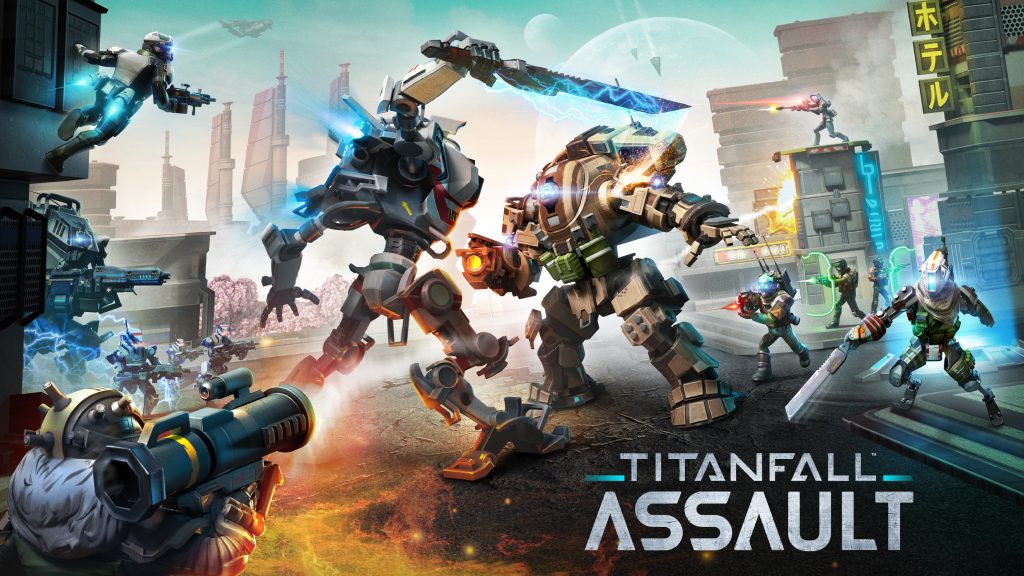Huawei launched the Mate 20 X today with a simple marketing claim: this is a smartphone dedicated to the needs of gamers. But such claims need evidence and that's why Huawei (a GameBench client) sent a pre-release device over to our new testing department, GameBench Labs. We tested the phone's graphical performance across three popular and computationally demanding mobile titles that Huawei nominated: NBA 2K18 by 2K, Mobile Legends: Bang Bang by Moonton, and PUBG Mobile by Tencent Games. Read on to see how the Mate 20 X fared compared to the Apple iPhone Xs Max and Samsung Galaxy Note9.
Huawei’s new software optimisation for mobile gaming, which goes by the name of GPU Turbo, has so far received a skeptical reception in Europe. This is understandable, because Huawei handset owners won't get the GPU Turbo update until later this month (starting with P20, Mate 10 and Honor 10 models), and in the meantime there's been little evidence to support the manufacturer’s bold claims about improved performance and power consumption.
- GameBench Staff
- 01. August 2018
Titanfall 2 is a premium PC and console game with graphics that animate at a stable 60 frames per second (fps). The game also has a mobile companion, a real-time strategy title called Titanfall: Assault for iOS and Android, which sticks to the same design values and provides the almost the same frame rate -- but only for gamers who happen to own a recent iPhone.
- Sharif
- 10. October 2017
-
gaming, gamebench, Mobile Gaming, Hardware, particle city, nexon m, titanfall assault, sm-n950f, sm-n950u, note 8, Performance Testing, Titanfall 2
There are many ways to test a mobile game, from compatibility testing through to subjective testing (i.e., determining whether it’s fun or not). But one aspect of the QA process that is still quite new, and hence doesn't always get the attention it deserves, is performance testing.
The need for performance testing has arisen in response to recent demand for more premium mobile game experiences -- in other words, games that deliver high levels of visual quality and fluidity, and which increasingly do so in combination with other intensive tasks (such as AR or VR, physics simulation or sophisticated AI).
Given the newness of this discipline, I think it’s worth pinning down an essential checklist of six common pain-points which we frequently encounter here at GameBench, and which any meaningful performance test should take into account.
1. Slow or jerky animation
When a studio sets a target frame rate for a game's animation, usually at either 30 or 60 frames per second (fps), it's essential that this target matches the game's genre and that it is achievable on popular devices.
- GameBench Staff
- 04. October 2016
-
gaming, tutorial, cpu, power consumption, frame rate, fps, Mobile Gaming, how-to, framerate, gpu, power
The Galaxy Note 4 has already proved its mettle in traditional benchmarks like AnTuTu and GFX. But how does Samsung's latest phablet respond to real-world gaming scenarios, like hurtling around a track in Asphalt 8: Airborne?
More to the point, does the Note 4’s supremely high-resolution display (2,560 x 1,440) have any negative impact on frame rates or battery life in this sort of graphically immersive game, compared to the older Note 3 (which has a more common 1080p display)?





